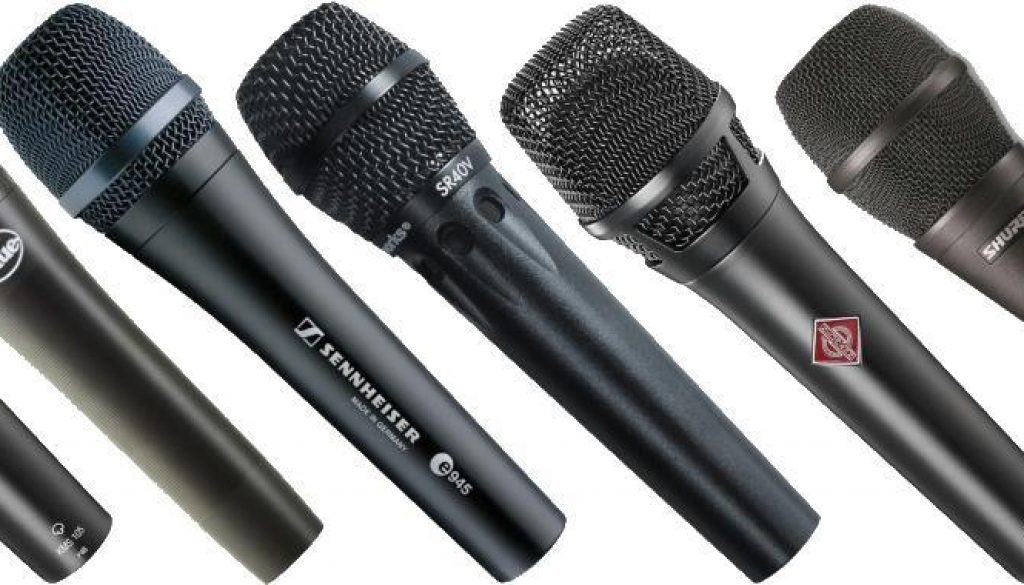How to Choose Your First Live Vocal Mic
If you’ve been practicing your vocals for some time, whether you’ve been taking lessons or self-teaching, there’ll come a time when you’re ready to perform on stage.
While getting up on stage and performing in front of an audience is a completely different ball game to practicing, you’re going to need the right tools for the job to give your audience the best experience.
This, of course, means investing in a professional live vocal microphone which is going to ensure your voice sounds as good as it does. But what do you look for in a vocal mic? What considerations do you need to think about? Today, I’m going to teach you everything you need to know about choosing your first live vocal mic.
Consider Polar Patterns
One of the best and most universal ways of categorizing a vocal microphone is by the polar pattern it has. When choosing a live vocal mic for yourself, this will be the first aspect you should consider. A polar pattern simply describes the area or the direction of the sound that the microphone will capture.
There are three main types to choose from – Omnidirectional, Bidirectional, and Unidirectional. As the terms suggest, Omni mics will capture sounds from all directions, Bi will pick it up from the front and back, and Uni will simply capture it from the front.
Ideally, for vocals, you’re going to want a Unidirectional mic, so only the vocals are picked up, minimizing the risk of interference or other sounds getting in the way.
Interestingly, most shotgun mics, those that you mount on top of DSLR cameras, are unidirectional for the same reason.
Avoid Studio Microphones
When you’re recording your vocals in a studio, it’s an entirely different situation compared to performing live on stage. Most notably, you’re going to want your own microphone, primarily for hygiene reasons, but also because you’ll know the best settings for your personal preference.
Ideally, you’ll also going to want a dynamic microphone. These are the industry standard when it comes to live vocal mics in terms of quality. These mics are also designed to be highly durable and are typically more affordable than their condenser counterparts.
However, it’s worth noting that if you’re singing with a light and delicate voice, rather than a booming low-end vocal pattern, it may be worth investing in a condenser mic. This is because condenser mics tend to handle high-end sounds much better than dynamic mics, but this will depend on your personal style of singing.
Reducing Feedback and Interference
As I mentioned above, the mic you use for singing will be solely dedicated to your vocals, and you’ll want to cut out and minimize the risk of other sounds distorting or disrupting your voice. For this, it’s highly recommended that you invest in a Cardioid or Hypercardioid microphone.
This is because these microphones are designed to cut out unwanted sounds and reduce the amount of feedback that is produced naturally by the microphone. This, of course, makes this type of microphones ideal for amplifying vocals with absolute clarity.
Summary
As you can see, there are plenty of criteria to consider when it comes to investing in your own vocal mic. It’s worth taking the time to research and shop around to see what’s out there, ensuring that you find the perfect microphone for you.
About the Author: Gavin Whitner is a passionate musician. He blogs at MusicOomph and watches all sorts of sports (except Golf!) in his free time.



